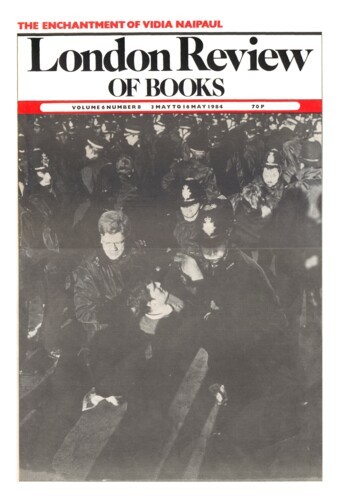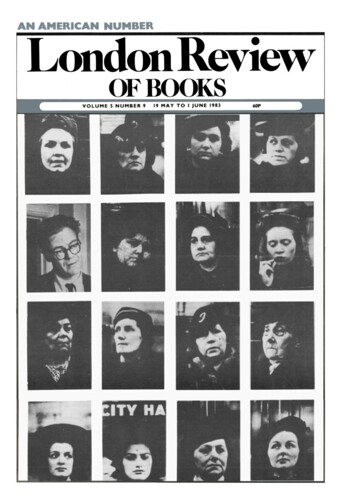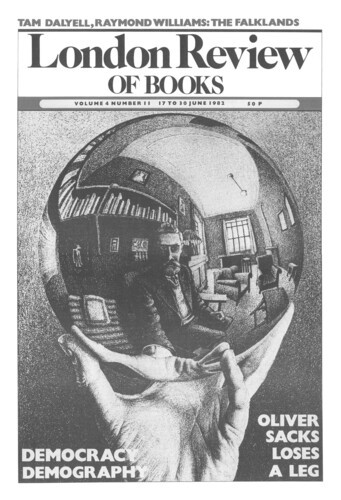Musical Ears
Oliver Sacks, 3 May 1984
The late 19th-century neurologist Hughlings Jackson said that he had never been consulted for ‘reminiscence’ as the sole manifestation of epilepsy. But I have – in particular, for the forced or paroxysmal reminiscence of tunes, and, less commonly, of faces or scenes. Wilder Penfield was able to elicit such recalls – the forced replaying or reminiscence of what he called ‘fossil memories’ – by stimulation of the exposed cerebral cortex. I have had this described to me by my own patients – as a rather rare symptom in migraine and, quite frequently, in post-encephalitic patients ‘awakened’ by L-DOPA. And it may occur, as Hughlings Jackson notes, in the course of some seizures.–




